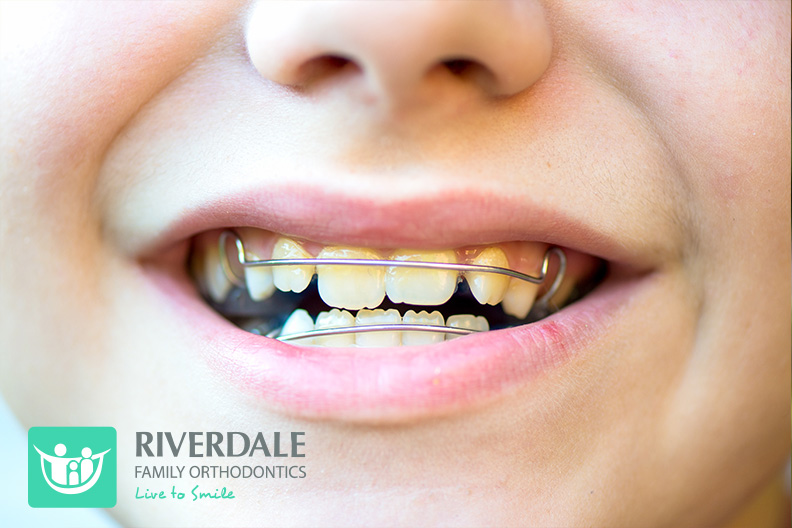Bronx, NY – While we most commonly think of teenagers as the traditional orthodontic patient, sporting a mouthful of metal as they navigate those sometimes awkward years, it’s actually recommended that children begin their relationship with an orthodontist at a much earlier age. The American Association of Orthodontists recommends seven as the age children should have their first appointment, and for good reason.
“Some patients can wait to have treatment and it won’t impact the results we are able to achieve,” says Dr. Catherine Woo of Riverdale Family Orthodontics. “However, for some patients, treatment can be much more effective if we can begin early while the jaw is still growing. In these patients, we can achieve results much more easily than if we were to wait until later.”
Visiting an orthodontist when your child is seven doesn’t mean that your child will be put in braces right away. Most do not. Dr. Woo believes that treatment should happen at the time it will have the most impact and aims to achieve beautiful results in the most efficient and effective manner. In certain cases, beginning early provides the advantage of being able to guide the growth of the jaw to allow for the desired results. That doesn’t mean a beautiful smile can’t be achieved later, but it may mean the treatment needed to achieve that smile is more involved. Some older patients may require jaw surgery or tooth extractions in order to get the smile of their dreams. An early consultation can help in diagnoses of poorly developing jaws or poorly erupting permanent teeth starting at age seven.
Not every child will require this early of treatment. The best way to determine if your child might benefit from early interceptive treatment is through a consultation with an orthodontist. However, there are some signs parents can look for, including:
- Irregular loss of baby teeth – your child’s baby teeth should follow a traditional pattern when falling out in order to allow for the permanent teeth to erupt properly. If they fall out too early, too late, or in an abnormal pattern, it may impact how the adult smile takes shape.
- Issues with chewing or biting – if your child has an issue chewing or biting when eating or shifts his or her jaws when not chewing, orthodontic treatment may be needed.
- Extended thumb or finger sucking, or pacifier use – you’ve probably heard this before and it isn’t an old wives’ tale. If your child uses a pacifier or suck his or her thumb for too long, it can have a negative impact on how their smile takes shape skeletally and dentally.
- Crowded or misplaced teeth – lack of space for the teeth to adequately erupt can be corrected by guiding the growth of the jaw while it is still growing.
- Protruded or receded jaw – correcting and guiding jaw growth can ensure an ideal environment for the permanent teeth.
- Teeth that do not meet or that meet irregularly – abnormal bites can cause more serious issues in the future but can be corrected with orthodontic treatment.
A consultation with an orthodontist at age seven can ensure your child’s smile stays on track. If your child is over the age of seven and has not seen an orthodontist yet, or if you have noticed any of the above signs, schedule an appointment for a consultation today.


No Comments